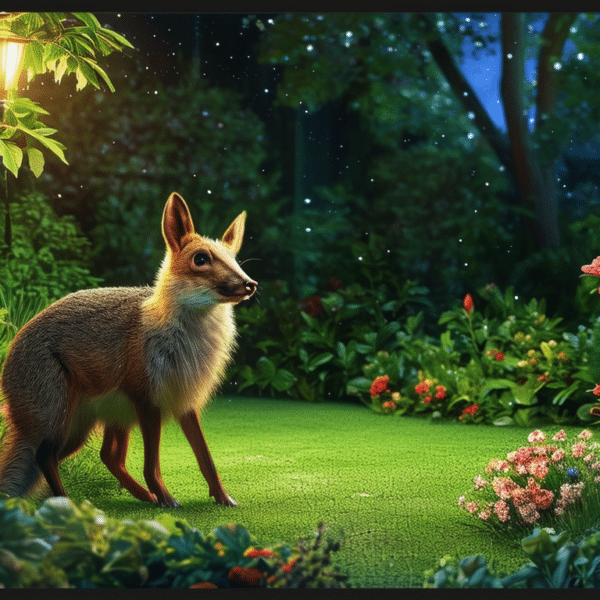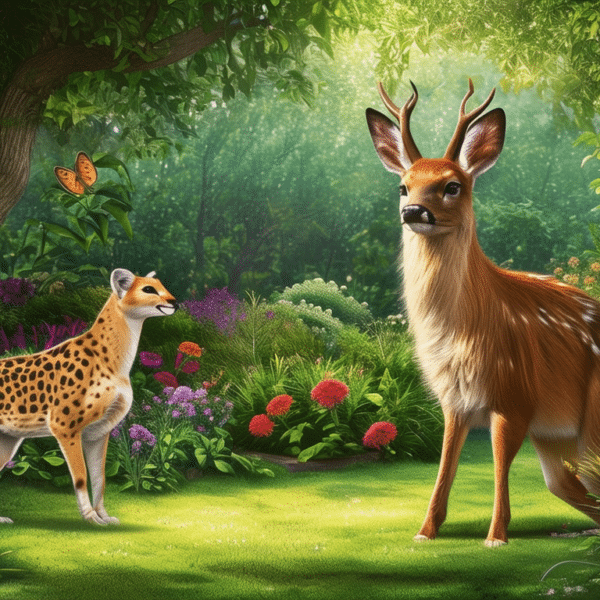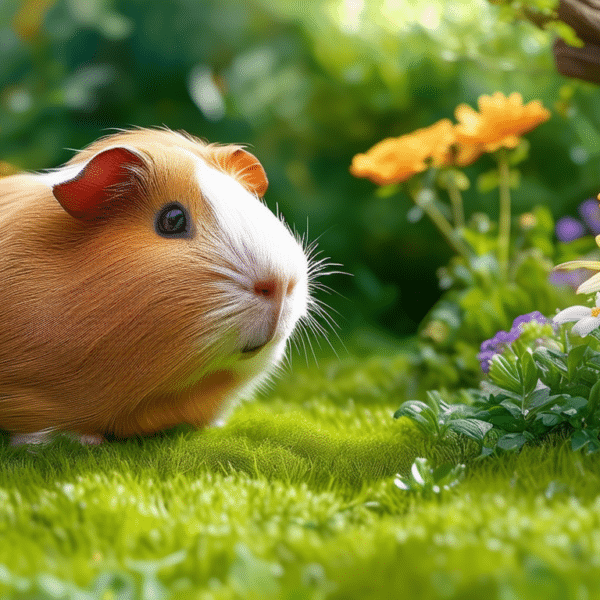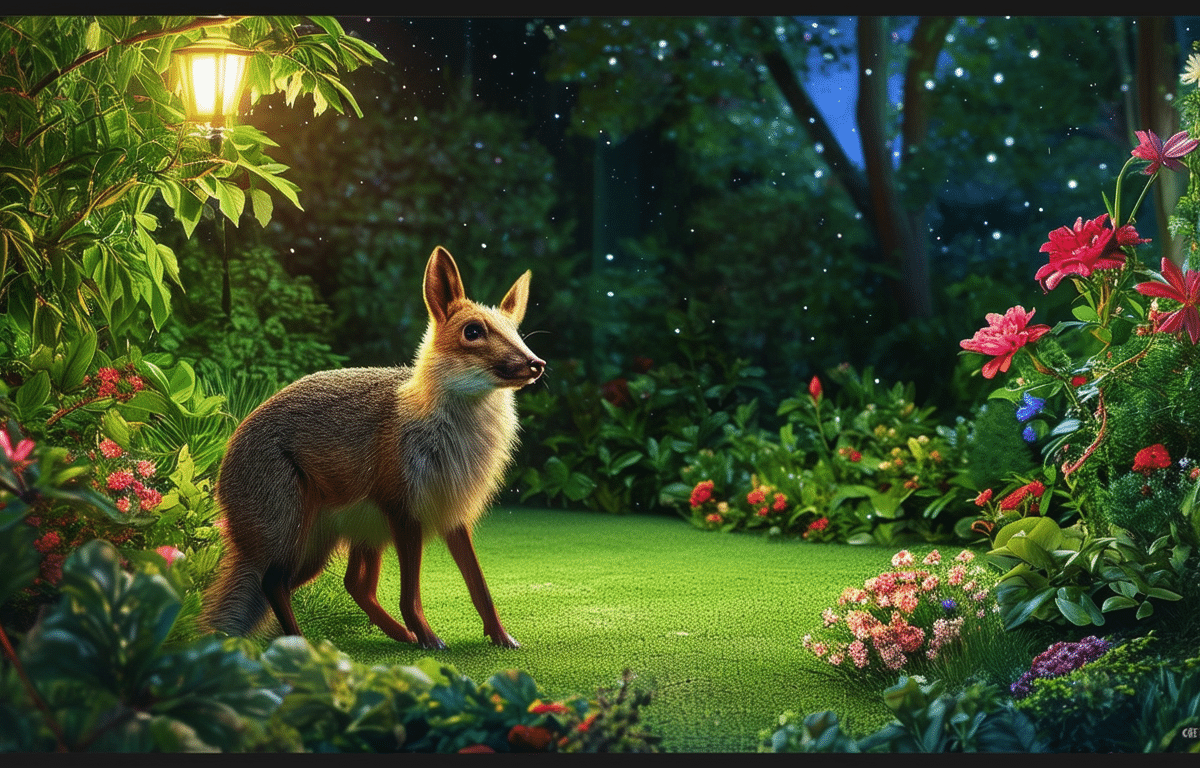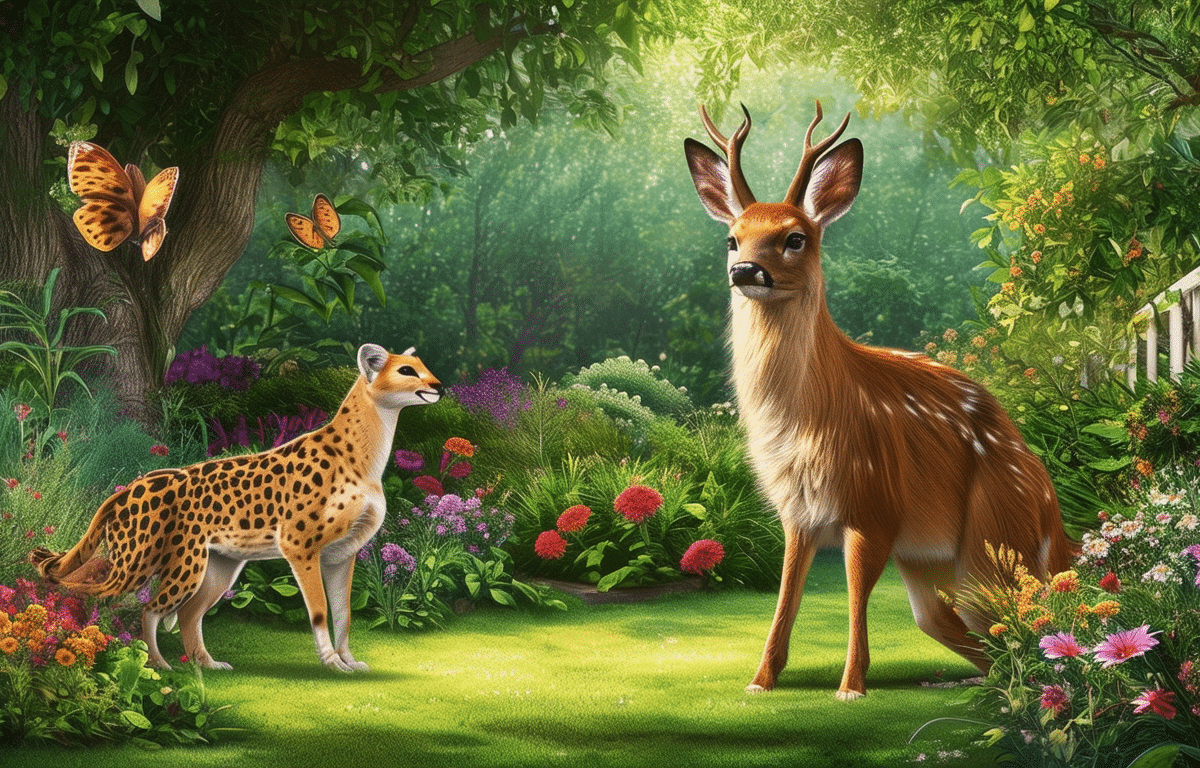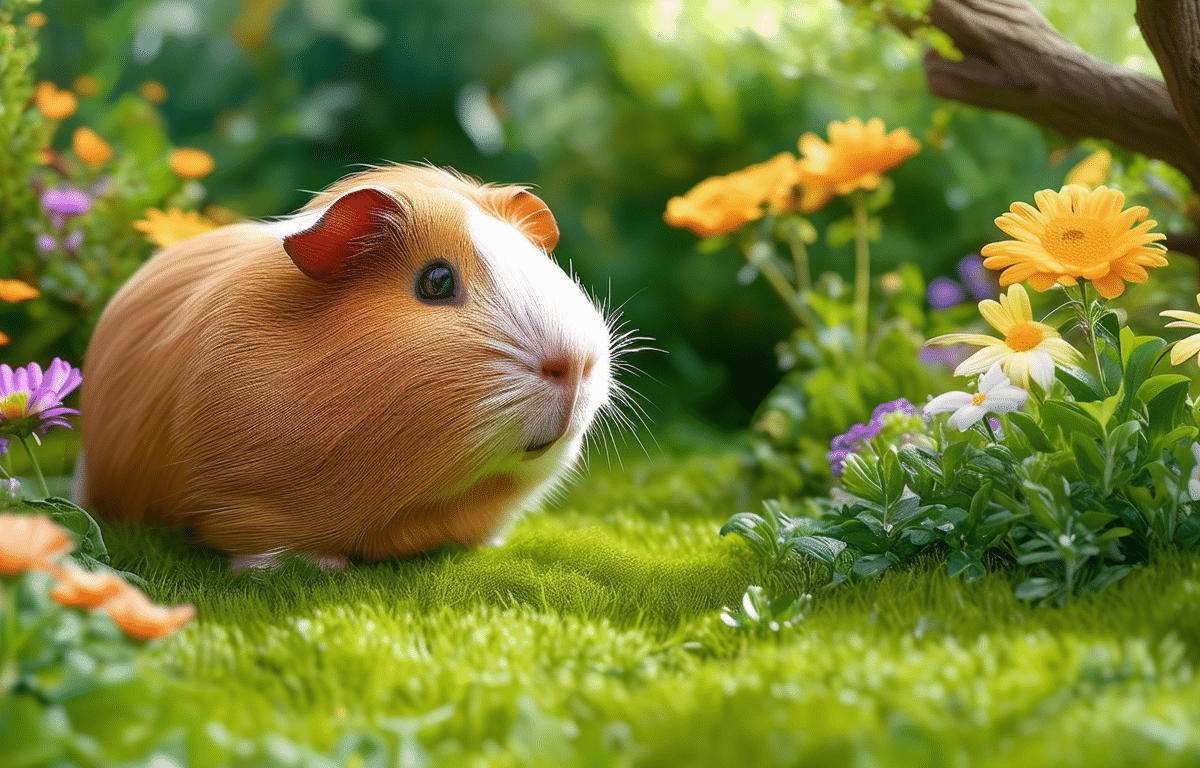Content
When one thinks of the bustling wildlife and the intricate ecosystems that surround us, it’s easy to overlook the hidden realms that exist right beneath our feet. The subterranean world is a place of mystery and marvel, where creatures like moles lead fascinating lives, unseen by the human eye. These small mammals are often only noticed when their digging habits become apparent on the surface of our lawns, but there is much more to these creatures than the mounds of earth they leave behind.
The Secret Life of Moles
Moles are remarkable for their ability to navigate and thrive in their dark, underground habitats. With velvety fur that doesn’t mat when reversed, they can move forwards and backwards through tight soil tunnels with ease. Their large, spade-like front paws are nature’s perfect digging tools, allowing them to construct extensive networks of tunnels. These tunnels serve not only as homes but also as traps for their prey, primarily earthworms and other small invertebrates.
Understanding Mole Behavior
Despite their elusive nature, understanding mole behavior is key to appreciating these subterranean architects. Moles are solitary animals, coming together only to breed. Their acute sense of touch and smell compensates for their poor eyesight, guiding them through their darkened world. The structure of a mole’s burrow is complex; it includes permanent deep tunnels and temporary surface runs created in search of food. The deep tunnels can be up to 40 inches below ground level, providing safety from predators and extreme weather conditions.
The Impact on Your Lawn
While moles play an essential role in aerating the soil and controlling insect populations, their presence is often at odds with pristine garden aesthetics. The mounds and ridges created by moles can be seen as unsightly disruptions on a well-manicured lawn. However, it’s important to recognize that these signs of mole activity indicate a healthy, living soil ecosystem beneath the grass. Instead of viewing moles as pests, we can see them as natural tillers, contributing to the biodiversity and health of our gardens.
Creating a Balance with Moles
Finding a balance between appreciating moles and maintaining a beautiful garden can be challenging but achievable. One approach is to design garden spaces that accommodate both aesthetic desires and the needs of local wildlife. This might include setting aside areas where moles can dig freely or using plants that are tolerant of the occasional upheaval. By understanding mole behavior and habitat requirements, we can coexist with these creatures without resorting to harmful control methods that disrupt the delicate balance of our backyard ecosystems.
Moles as Indicators of Soil Health
The presence of moles can also serve as an indicator of soil health. Rich in organic matter and moisture, healthy soils support a diverse range of life, including the invertebrates that moles feed on. By observing mole activity, we gain insights into the unseen world beneath our lawns and gardens—a world teeming with life that sustains not only moles but countless other organisms as well.
Conservation Efforts for Subterranean Wildlife
Conservation efforts for subterranean wildlife like moles are crucial for maintaining biodiversity. By protecting their habitats from urban development and pollution, we safeguard these unique ecosystems that play vital roles in soil fertility and structure. Additionally, by avoiding pesticides and chemical fertilizers in our gardens, we can help ensure a safe environment for moles and the myriad species that share their underground home.
In conclusion, while often out of sight, moles are an integral part of our natural world. Their subterranean lifestyle may be mysterious to us, but it is undeniably linked to the health and vitality of our environment. As stewards of our land, it is our responsibility to understand and protect these fascinating creatures and the hidden ecosystems they inhabit.




